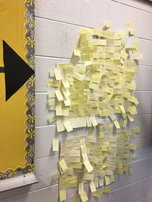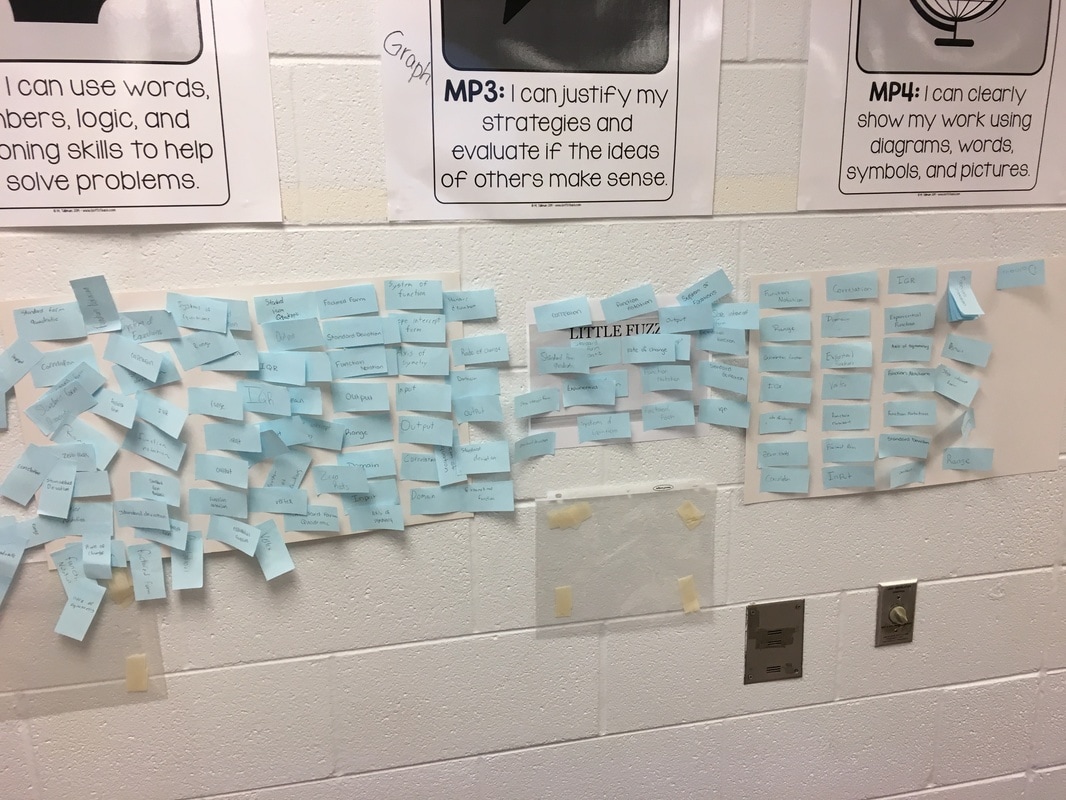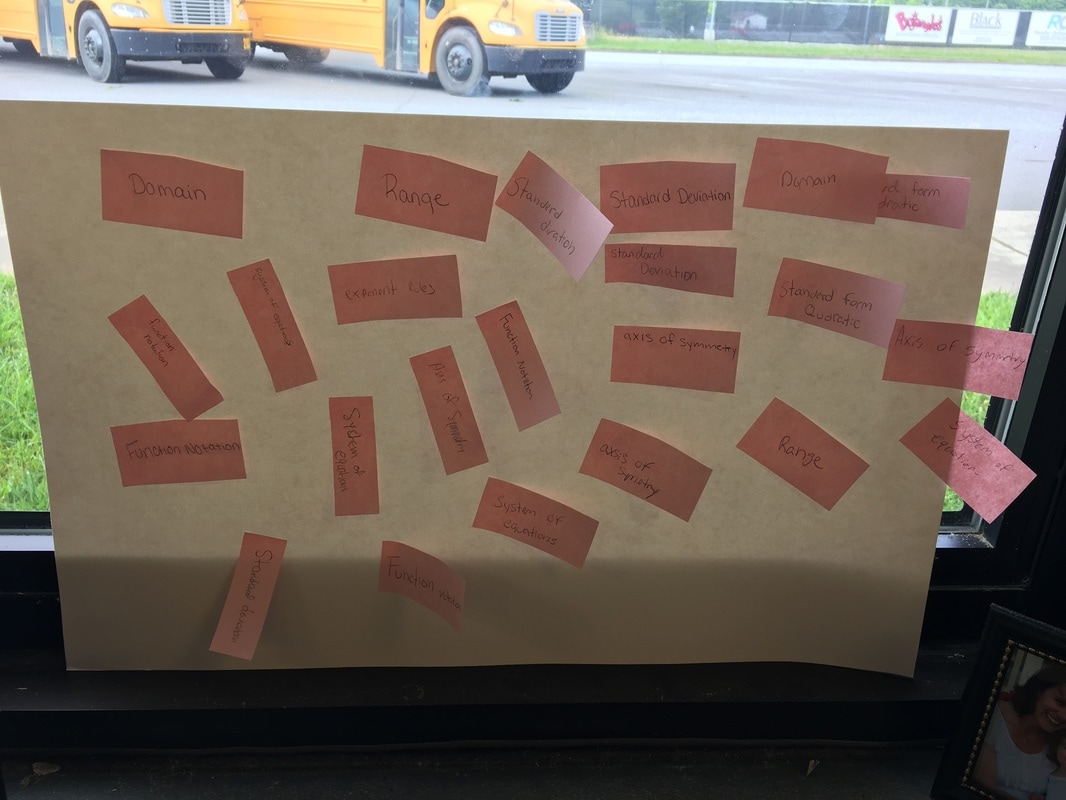
It's the most maddening time of the year!
End of the year and you are neck deep in... "exam review"... dun dun dunnnn
So how do you review? Same old 4-day review packet got you down?
Shake things up for you and your students. Let your students tell YOU what they need to review. No, don't throw out the "Who has questions?" line. That's a surefire way to get 'crickets' in response.
Check out the student self-assessment strategy pics below. They come to us from our friends in Math. Here's what they did...
So how do you review?
Hang in there, Teacher Warriors~
So how do you review? Same old 4-day review packet got you down?
Shake things up for you and your students. Let your students tell YOU what they need to review. No, don't throw out the "Who has questions?" line. That's a surefire way to get 'crickets' in response.
Check out the student self-assessment strategy pics below. They come to us from our friends in Math. Here's what they did...
- They prioritized their course vocabulary into "Must Know," "Good to Know," and "Nice to Know" categories.
- Had students sort the "Must Know" words into three more categories: "I know it and could explain it," " Kind of know it but couldn't explain it to someone," and "Did we cover that this semester?"
- Students were given colored stickies cut in half. They used yellow for "Know it," blue for "Kind of know it," and pink for "Did we cover it."
- Students group words by color in designated places around the room.
- Students then organize each color by grouping same words together (eg. all "domain" stickies together, all "range" together, and so on).
- Grouping allows you to see which words appear most and least in each color category.
- To sort the words, students must process what they know about each word - hence, review.
- It is anonymous, so students are more likely to be honest with you and themselves.
- For words they put in the "Know and can explain" category, use students to teach them to others. 1. they learn better from each other, and 2. it will catch those who overestimate their knowledge and skills.
- It is almost always eye-opening. You will predict many of the categorizations, but you will probably get a few surprises as well.
- By prioritizing, you can allocate precious class time efficiently. Why review info kids already know? Why not use your time in areas students are weakest?
So how do you review?
Hang in there, Teacher Warriors~



 RSS Feed
RSS Feed
